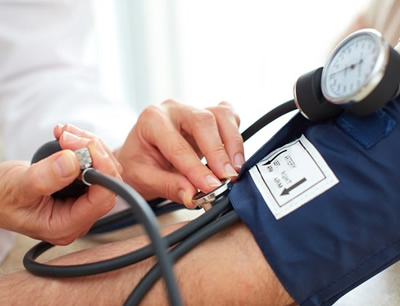Paid blood donation is a boon for eradicating diseases.
It is by and by questioned whether studies showing a higher danger of infectious illnesses among paid blood givers are exercises of the past, or still hold significance. Similar examinations distributed somewhere in the range of 1968 and 2001 were surveyed for a conceivable pattern of progress in the relative hazard for infectious infection markers among paid and unpaid blood or Infectious Diseases Paid Blood Donation at Access Clinical benefactors. Studies announcing that paid contributors had lower hazard were found, yet most investigations, including late ones, kept on revealing that paid benefactors have higher rates of irresistible illness markers than unpaid givers.
By log-straight relapse examination of the relative hazard estimates for infectious ailment markers among paid and unpaid givers from 28 distributed informational indexes, proof was not found to demonstrate that the distinction in hazard for infectious ailment markers between paid contributors and unpaid benefactors had reduced after some time. Paid benefactors are still more probable than unpaid contributors to give blood in the period amid which infectious donations escape identification by blood-screening tests.
In this manner, paid donations have a higher hazard those labile blood parts, for example, red platelets and platelets which are tainted. Extra wellbeing measures for taking care of plasma donations, and the arrangement, cleaning and viral-inactivation steps utilized for the generation of plasma subsidiaries, may render the distinction in irresistible illness marker rates in contributors immaterial for plasma items. Be that as it may, not all infections are inactivated and paid benefactors were over and again found to have higher frequencies of markers for developing specialists.
In a quality framework, basic strides of the procedure ought to be tended to, and choice of the contributor populace is one of the initial phases in this procedure. It is prompted that blood foundations present yearly reports with complete and crude information to experts on the occurrence and pervasiveness of infectious malady markers among their givers as a continuous observation on the “quality” of their benefactor populaces. Paid blood or plasma benefactors still have higher rates for infectious ailment donations than unpaid givers.

